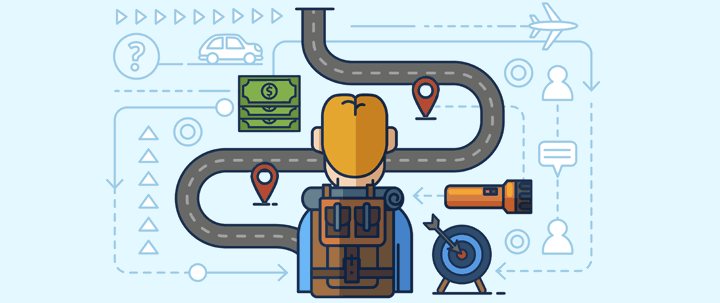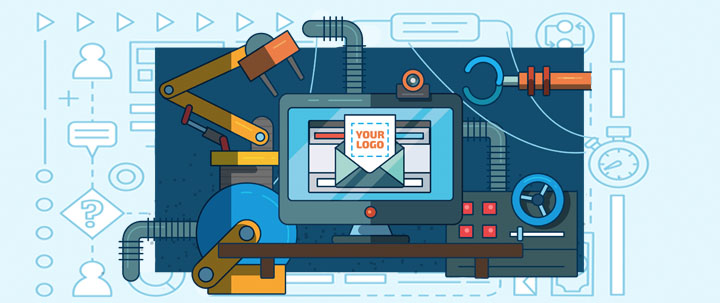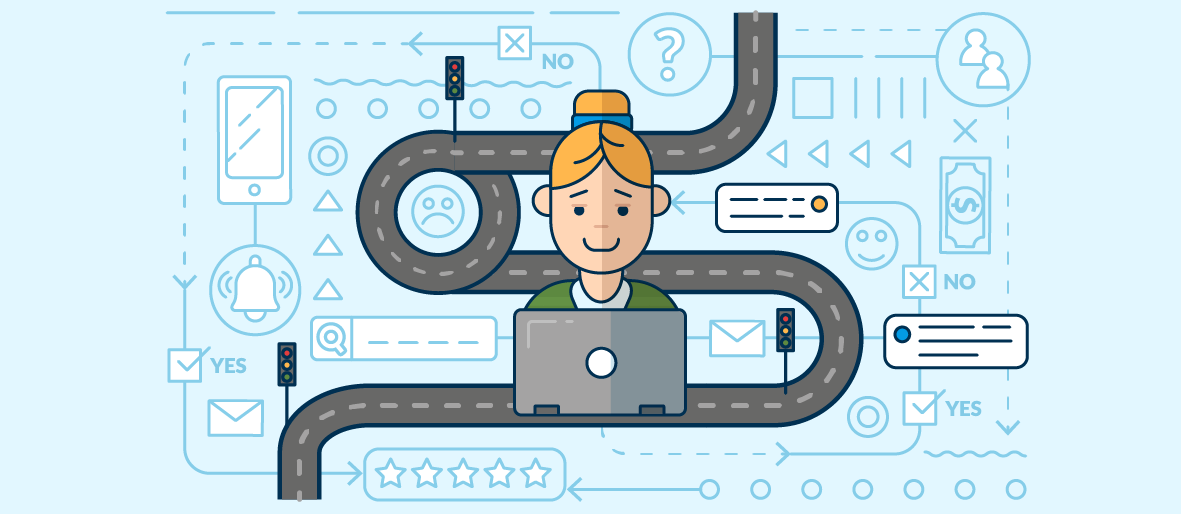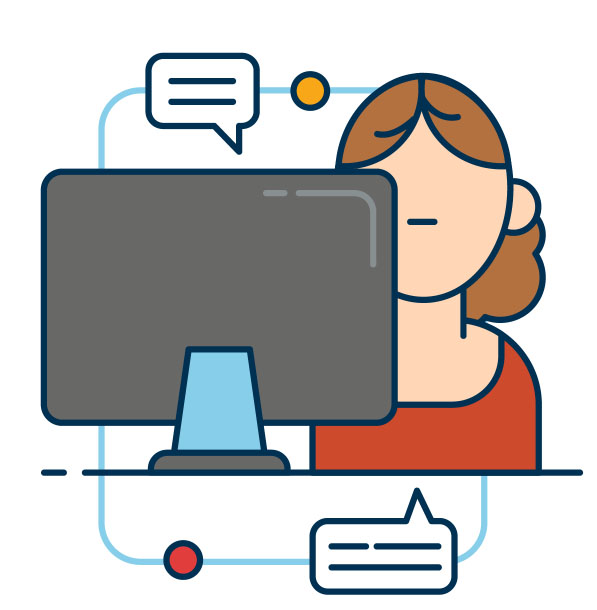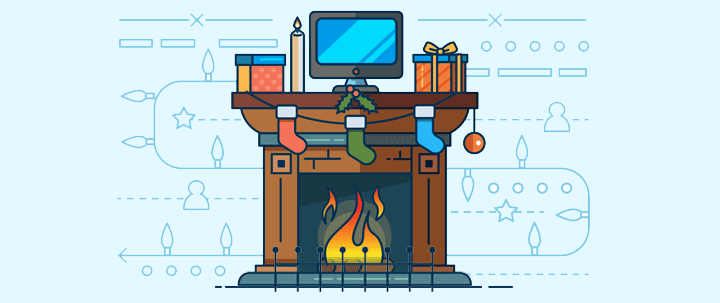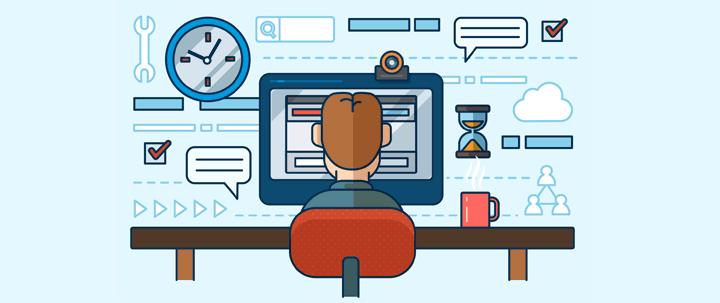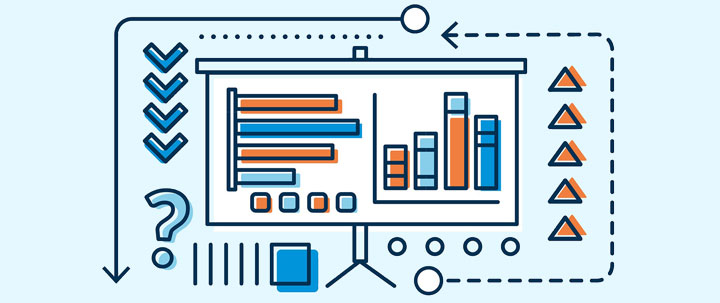By Jessy Smulski (Tech Writer)
Are You Tracking Your Contacts From Prospect to Customer?
The most successful MSPs know that the best way to target and close elusive customers is to track a prospect’s activities, anticipate their next move, and lie in wait. If your strategy for capturing and converting leads into customers involves a chase, you’re doing it wrong. Of course, stealth, patience, and clairvoyance are easier said than done.
Every customer follows different steps to get from first touchpoint to purchase. This progression of steps is known as the customer journey. Unfortunately, those steps do not occur in a linear pattern. Customers use various devices, channels, and resources, and bounce back and forth between digital and physical realms before reaching a purchasing decision. In essence, the only way to strategically place your solution in front of consumers at the right time in the right place throughout the customer journey is to observe, analyze, and recreate their migration patterns (aka, customer journey mapping). 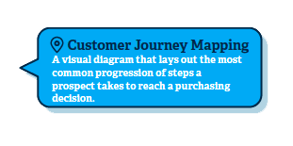
By understanding your target consumers' shopping inclinations, your team can develop a customer experience (CX) that aligns with their behavior. The result is a shorter sales cycle with less friction and greater customer satisfaction.
STEP ONE: Determine Your Reason For Mapping Your Customer's Journey
All worthwhile journey mapping strategies begin with a primary objective that helps narrow the focus on specific customers and outcomes. Depending on your primary objective, you can create more than one type of journey map, such as:
Current state journey maps are the most common, and visually represent how a customer currently interacts with your company.
Day in the life journey maps explore the actions, thoughts, and emotions your customer experiences each day.
Future state journey maps demonstrate what you predict will be the actions, thoughts, and emotions your customer will experience in the future.
Service blueprints begin similarly to the maps listed above, but include the factors responsible for delivering a service, such as the people, policies, technologies, and processes involved.
STEP TWO: Understanding the 5 Basic Phases Of Your Customer's Journey
Next, you need a basic understanding of the basic phases a customer traverses on their journey to a purchasing decision.
1-AWARENESS: The prospect is aware of a problem and actively searching for a solution.
What they want: General, high-level educational content that helps them understand their options.
What they don’t want: A bombardment of information and promotional content that pushes a specific product or service.
What to do: Discuss the benefits of a solution, not the features. Focus on answering basic questions and showing that your company understands their problem.
Call-to-Action (CTA): Encourage leads to subscribe to an email list or blog page, or download gated content. Showcase thought leadership.
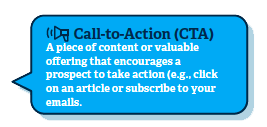
2-CONSIDERATION: The prospect explores options and compares solutions from more than one potential provider. 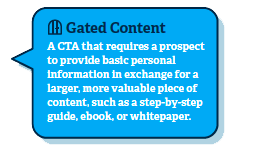
What they want: A friendly, low-pressure engagement that demonstrates how your solution performs in comparison to others.
What they don’t want: Content that talks too much about the brand and not enough about the customer.
What to do: Tread lightly! Now is the time to discuss specific features and dive deeper into the benefits of your solution. To avoid sounding self-serving, frame the conversation around the customer’s industry and how features serve particular trends and challenges.
Call-to-Action (CTA): Create email nurturing campaigns, feature case studies, host webinars, and position your brand as an authority on the subject.
3-PURCHASE: The prospect is now considered a marketing qualified lead (MQL), and is ready to interact with a sales representative or process.
What they want: Knowledgeable, highly personalized support and a simple, effortless sales process.
What they don’t want: Embellished sales pitches and other tactics that attempt to rush their decision-making process.
What to do: Focus on validating your claims and building a trustworthy relationship with the prospect rather than closing the sale. Be honest about the compatibility of their problem and your solution.
Call-to-Action (CTA): Provide demos, offer free
quotes and consultations, share customer reviews, and continue pushing relevant case studies.
4-POST-SALE: The prospect completed a transaction with your company and is now considered a customer.
What they want: Considerate follow-up, regular communication, and customer support that proves your company’s investment in their experience.
What they don’t want: Radio silence and shoddy customer service that adds more trouble to troubleshooting efforts.
What to do: Focus on strengthening the customer relationship. Specifically, ask about their satisfaction level. Provide tips to maximize the value of their purchase, and make customer support accessible, quick, and painless, including plenty of self-serve options, such as online chatbots, tutorials, and FAQs.
Call-to-Action (CTA): Send out surveys, continue email nurturing campaigns, and engage with customers on social media.
5-ADVOCACY: The customer is thrilled with the outcome of their purchase and willing to share their positive experience with others.
What they want: Quick, easy opportunities to rate or review your service and a reason to continue interacting with your brand, such as a reward program or insider perks.
What they don’t want: Bribes encouraging five-star reviews, time-consuming surveys, and a barrage of promotional content.
What to do: Focus on the Law of Reciprocity by continuing to make each interaction highly personal and valuable. Create a sense of community and belonging.
Call-to-Action (CTA): Ask for reviews, incentivize referrals, and explore creative ways to continue engagement.
STEP THREE: Create Buyer Personas
Most businesses have more than one buyer persona. To identify yours, think about the best customer you have or wish you had:
Who are they?
What are their business priorities?
What are their challenges? 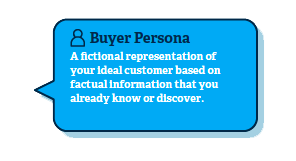
Who is the decision-maker?
Who is the gatekeeper?
How does your product or service align with their challenges and priorities?
How did they become aware of your solution?
What motivated them to purchase your solution?
What resources did they use to reach a decision?
STEP FOUR: Define Existing Touchpoints Between Your Brand and Your Ideal Customers
Touchpoints create opportunities for your brand to interact with high-value prospects. To arrange touchpoints that align with your ideal customer’s natural inclinations, you must first take inventory of what touchpoints already exist and how prospects interact with them.
Touchpoints can include:
Website landing pages prompting visitors to fill out a form.
Social media interaction (likes, shares, comments) 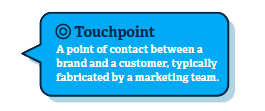
Paid ads
Email campaigns
Third-party review sites
The page-by-page sequence
STEP FIVE: Analyze Findings and Begin Plotting Your Map
Between analytics, customer service data, ticketing data, sales records, and your working knowledge, you should have enough information to compile a general list of touchpoints in chronological order:
Which of your existing touchpoints performed the best?
Are there any gaps in the customer journey that require new touchpoints?
Do prospects routinely drop off at a particular phase in the journey?
If customer journey mapping seems like an arduous task, an all-in-one PSA solution with NinjaRMM integration will simplify the process by improving your team’s visibility of customer behaviors. Look for an intuitive, easy-to-use PSA platform with plenty of integrations that enable you to collect vital insights about the customer and enhance the customer experience throughout all five phases of the customer journey.
Ready for your small business to turn leads into customers, and customers into brand advocates?

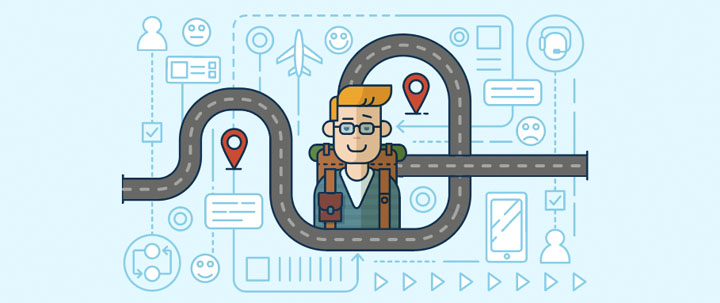

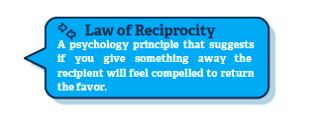
%201.png?width=559&height=559&name=close-up-women-working-with-devices%20(1)%201.png)
